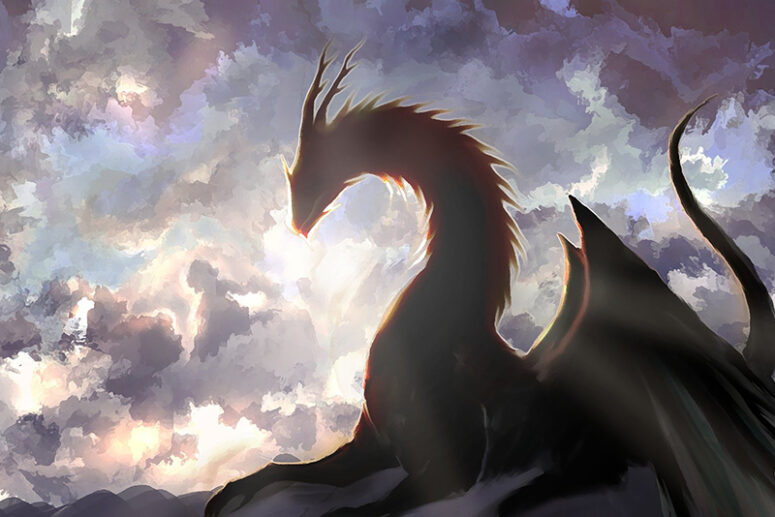
During Lent, many Christians over-read the Psalter and other books of Holy Scripture. The mention of dragons, unicorns, basilisks, and some other animals appearing on pages of the Bible can be confusing and arouse misunderstanding or curiosity. What is the significance of these animals? Did they really exist? Can you meet one of them now?
At the turn of the Late Middle Ages and the New Age, the existence of the biblical animals was not questioned. Metropolitan Damaskinos Stouditis (1520-1580), canonized by the Church of Greece, is the author of the work titled the Physiologus, in which he described both the appearance and behavior of these animals. The Physiologus helps to understand how the animal world looked through the eyes of a medieval man.
Unicorn
Based on the descriptions of the unicorn in the Bible, we can conclude it to be a wild, fast and strong animal (see Numbers 23:22, Job 39:9-12). The Physiologus reports that the unicorn is a large, strong animal living in deserts. It is calm in relation to other animals, but hostile to humans. It also mentions the unicorn’s horn being solid, and not hollow, as is the case with other animals. It (the horn) is also a strong remedy against poison.
Pliny the Elder called unicorns the most dangerous animals in India. A unicorn is smaller than an elephant, looks very similar to a bull and is distinguished by a prominent horn on its nose. It is very strong and fast, and does not spare anyone who gets in his way.
These descriptions are very similar to a rhinoceros, which is what the biblical unicorn most likely represents.
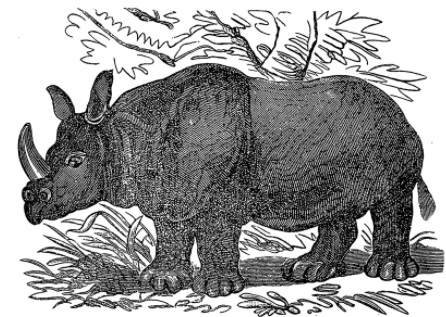
Basilisk
The mention of the basilisk cannot be found in later translations of the Bible. For example, Isaiah 14:29 ESV uses “basilisk”, while NIV uses “viper”.
Basilisks appeared in the Bible due to an ambiguity of translation. Originally, “basilisk” was an archaic name for snakes, perceived in the meaning of a mythical beast as early as in the time of the Septuagint. Today, the same word is translated as “adder” or “cobra” (Is. 59:5, Ps. 90:13).
In antiquity, Basilisk (from Greek βασιλίσκος – βᾰσῐλεύς (“king”) and -ῐ́σκος (“small”) was the name of a mythical snake killing all living things not only with poison, but even with its look and smell. Lucan, a Roman poet, wrote that the basilisk appeared from the blood of the slain Gorgon Medusa.
If not for this inaccuracy in translation, the basilisk would have probably been completely forgotten. However, in the Middle Ages, the image of an evil dragon-like creature was formed and surrounded with folklore. According to one of the “theories”, basilisks came from ibis (bin chicken) eggs hatched by snakes.
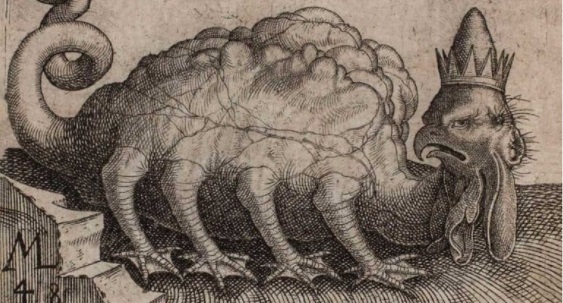
Dragon
The mentions of dragons in the Bible are primarily allegorical. Dragons are identified with spiritual evil, deceit and warmongering (see NIV Rev. 12:7, 9; 16:13, 20:2).
The Bible contains neither indications of the real existence of dragons, nor their descriptions. A possible exception is the non-canonical chapters of the book of Daniel, which are absent from the Hebrew manuscripts (NRSVCE Dan. 14:23). This suggests that biblical dragons can be a mythical symbol specific to a particular culture.
This is confirmed by the Physiologus, which contains information about various mythical beasts with supernatural properties. Oddly, a dragon is described there as a long fish with a sting, which suggests strong similarity with an electric stingray. However, the dragon continues to be portrayed as a mythical beast and a symbol of vice.
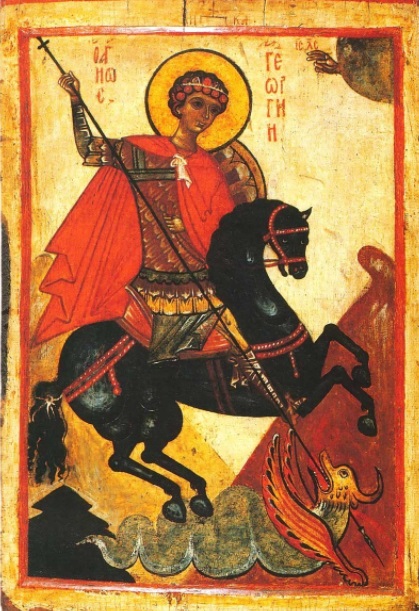
Behemoth
A description of a strong and terrible beast, referred to as “the first of the great acts of God”, is found in the 40th chapter of the book of Job (see Job 40:10-19). The translators of the King James Bible did not know this beast, so they resorted to a calque from Hebrew and translated it as “behemoth”. The Slavs also did not know the beast, but instead of calquing the word, in the Slavic Bible they used the word “beast”.
In reality, the 40th chapter of the book of Job describes an ordinary hippopotamus. Interestingly, in the Russian language, the meaning of the word “behemoth” became identical to the word “hippopotamus” after the 19th century, whereas in English, “behemoth” remains an unknown mythical animal.
As it has happened in the previous chapters, medieval folklore noticeably distorted the original image. According to Malleus Maleficarum, a medieval treatise on demonology and the persecution of witches, the hippopotamus is a demon that takes the form of all large animals and gives people “animal inclinations.”
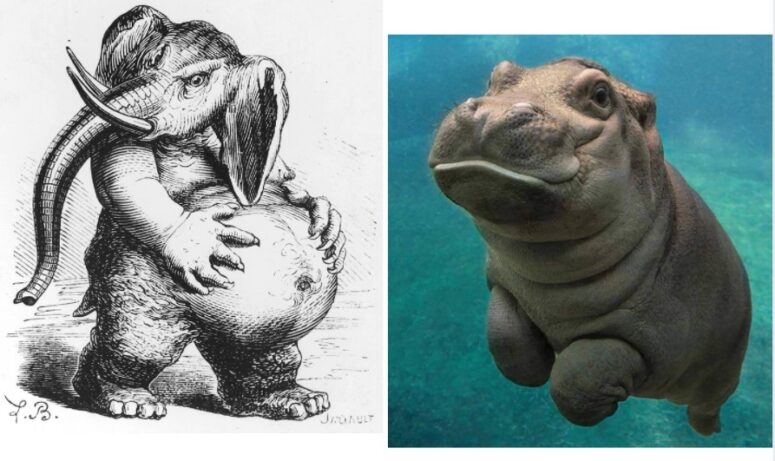
Leviathan
Almost immediately after the description of the hippopotamus in the book of Job, there is a description of another beast, i. e. the leviathan (see Job 40:20-41:26). The same creature is mentioned in other parts of Scripture (see Isaiah 27:1, Rev. 20:2,10), usually in the same allegorical sense as the dragon.
However, unlike it is the case with the dragon, the book of Job contains a very specific description and indication of the reality of the beast. Therefore, the biblical Leviathan can be conditionally divided into the “allegorical” (according to Isaiah, Amos and the Revelation) and “real” (according to Job) ones. The former is a sea monster and a symbol of great evil, whereas the latter is a crocodile.
In medieval culture, these two beasts, real and figurative, were mixed. Damaskinos Stouditis, describing “a corcodile ”(sic) , writes that this beast is very large: 80 arshins or 24 fathoms (51 to 56 m) long.
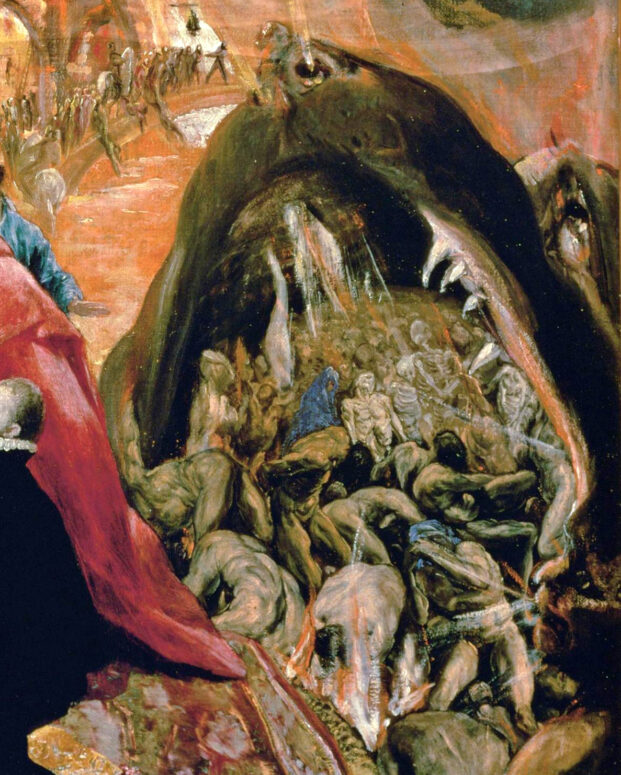
Conclusion
A significant part of non-existent animals in Scripture arose due to translation errors and inaccuracies, as well as incorrect interpretations and folklore creativity. Such images were especially widespread in artistic culture, which contributed to their consolidation in the mass consciousness.
Ultimately, it is not the word, but the meaning that matters. Often the language of the Bible is one of allegories. It does not matter whether we use the word “basilisk” or “serpent”. When translating the Gospel into the language of the Eskimos, the word “lamb” was replaced by “seal”. This was done so that the Eskimos, who had never seen sheep, could understand the gospel. Therefore, in case of any misunderstanding while reading the Bible, one should be guided by a simple rule: content is higher than form.

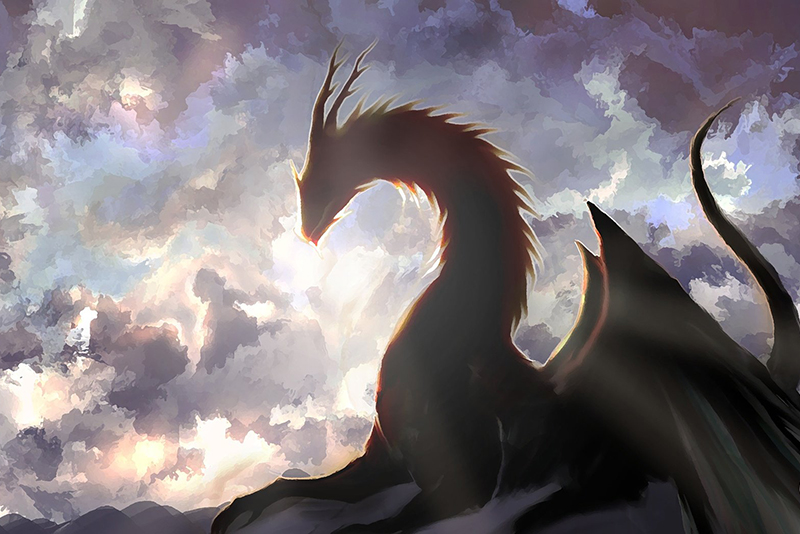
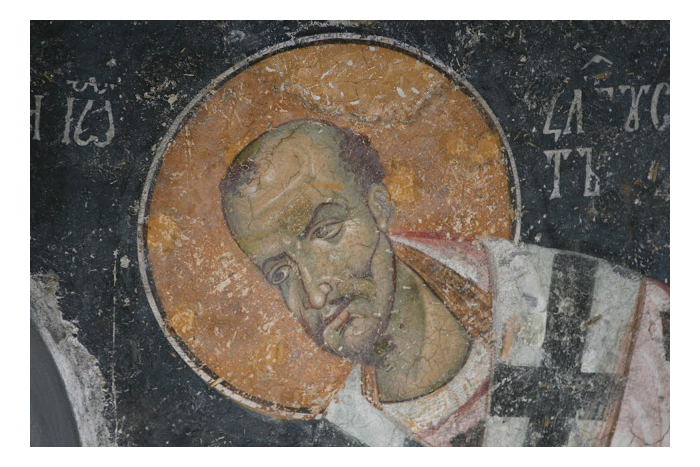


The “dragon as a stingray” explanation is too simplistic. We have way too many Saints who made unambiguous references to dragons as either an enormously large serpents and/or dinosaurs.
Also, Fr. Seraphim Rose explains the difference between real physical dragons (the case from St. George’s Life) and spiritual demonic apparitions (from St. Marina).
The following video has a fairly exhaustive list of Saints who were making references to dragons and explaining them:
https://youtu.be/7YvU9V2t144
I would appreciate for the other animals explanation more references as well vs. only article author’s rational conclusion.